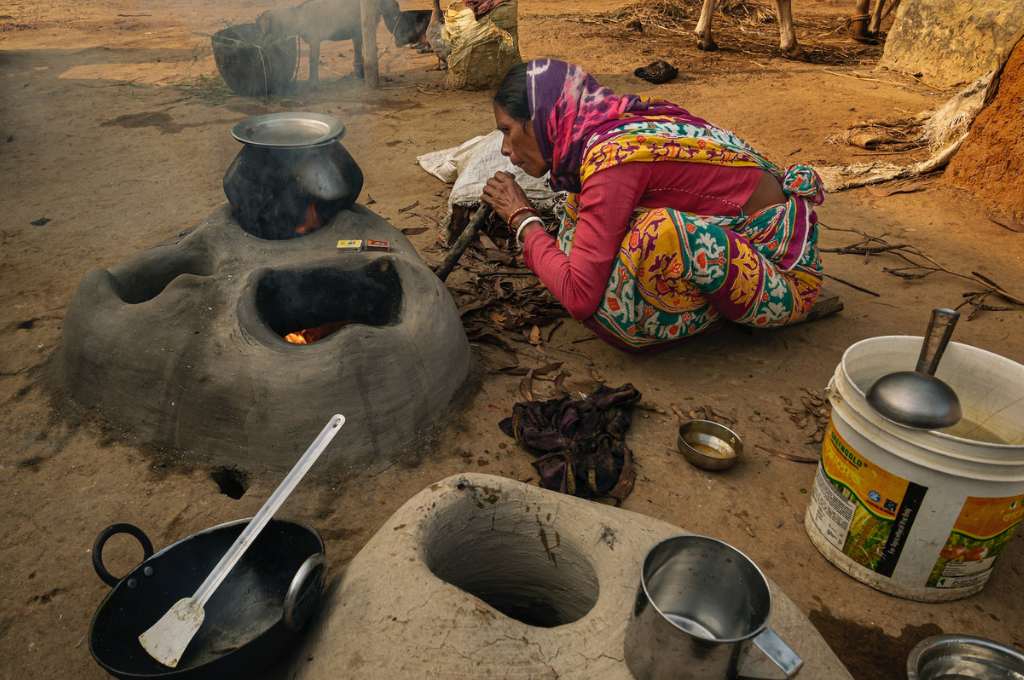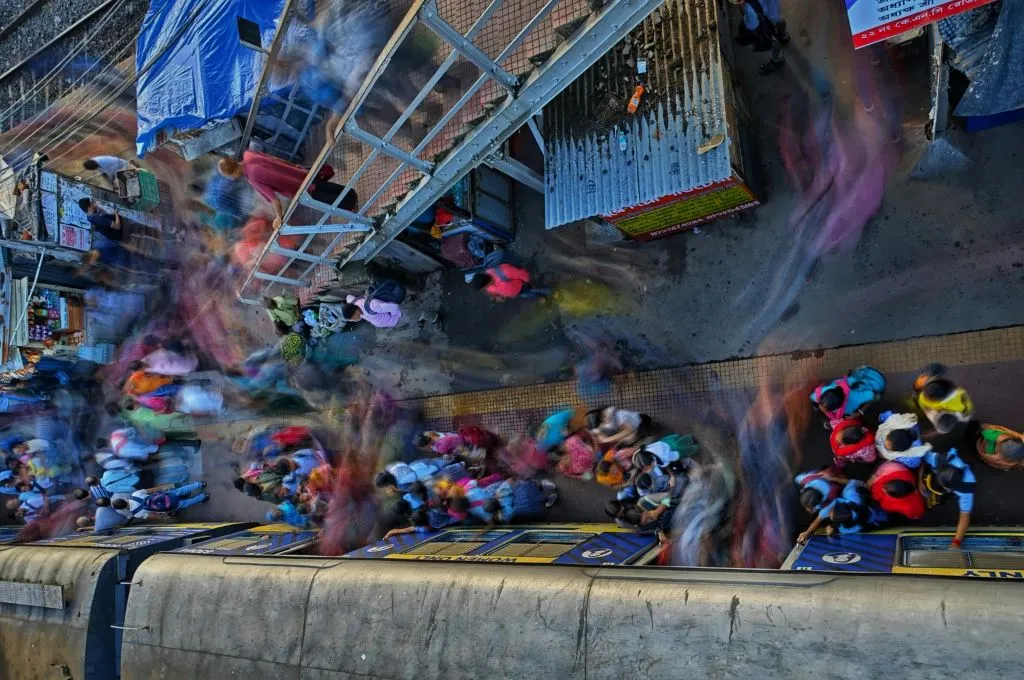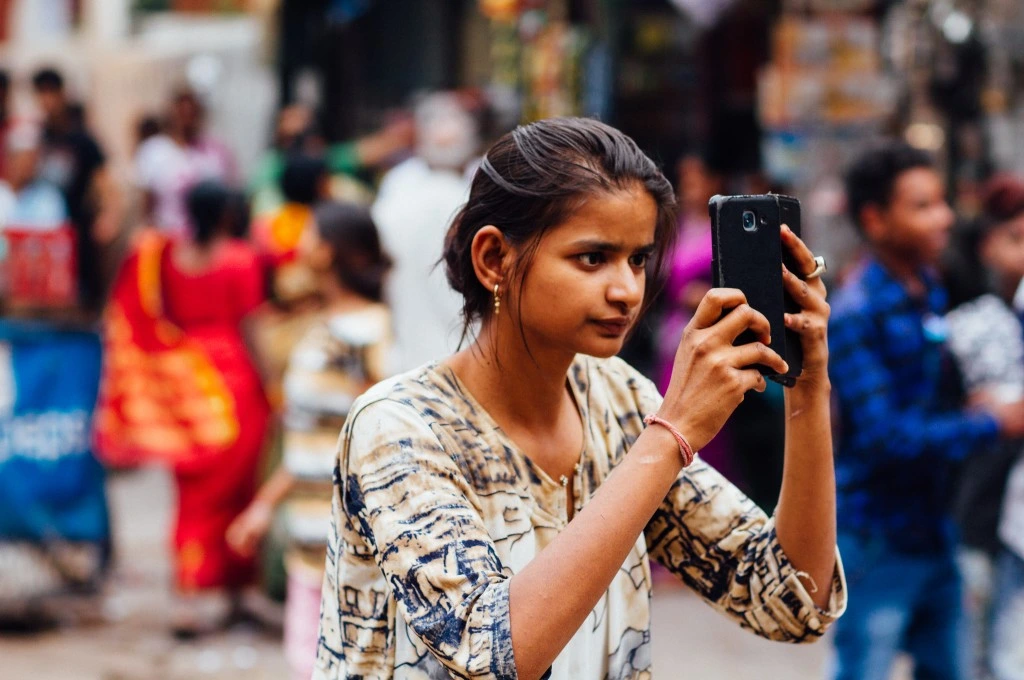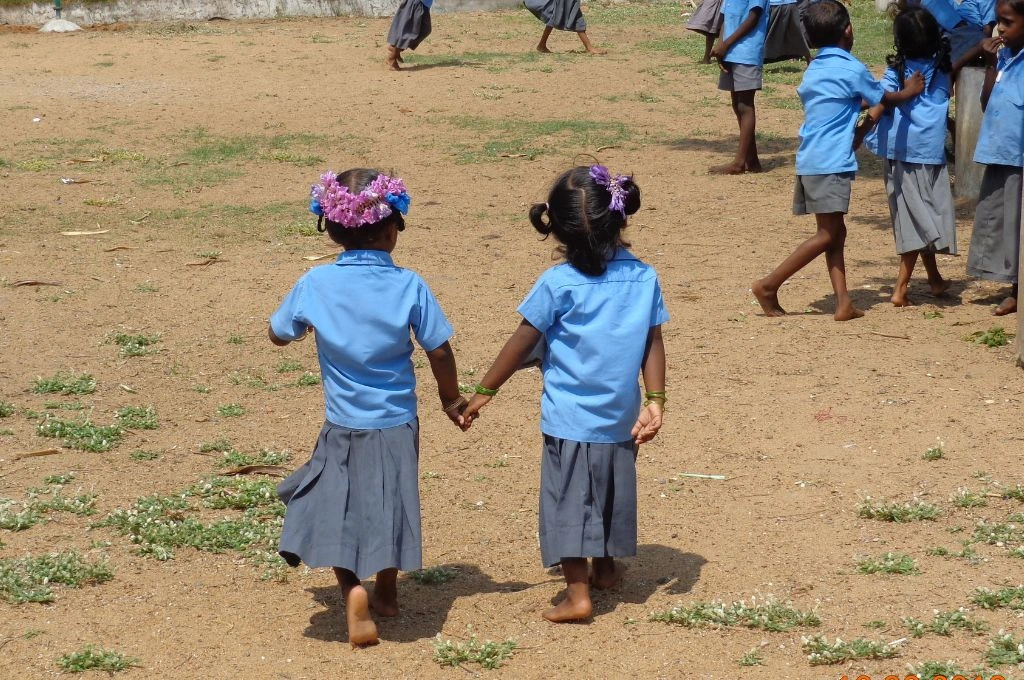The U.N. World Food Programme describes it as “eating last and least.” Alaka Mahato calls it “eating light.”
The small rice and vegetable field behind her home that supplies much of her family’s food yielded only 40% of its normal half-ton harvest after unusually heavy rains last November, well after the monsoon ended in September. The result is that the 52-year-old’s budget for groceries is suffocatingly tight, and her pantry is bare: no onions, potatoes, or any of the other staples found in most Indian kitchens.
On days when there isn’t enough food for her household of three, Mahato will make do with what’s left after her husband and youngest daughter finish eating—a handful of rice and some water. Sometimes she asks her adult daughter, who lives in a separate household, for financial help, though this creates conflict at home.

“My husband says we will not take money from our daughter. But then we will have to die,” Mahato says.
The hunger gap between the genders had been shrinking in recent decades, but it rose dramatically during the COVID-19 pandemic.
Around the world, women eat less than men under tough conditions such as conflict, famine, or disasters. The World Food Programme predicts that climate change will produce economic and environmental shocks that will exacerbate this inequality, and it says this impact can already be seen in places like Mahato’s hometown. Jhargram, a district not far from the Bay of Bengal and the Sundarbans rainforest, is one of West Bengal’s many climate hot spots—areas that are especially affected by global warming. Over the past decade, agriculture here has been disrupted by intense flooding, cyclones, and sea level rise.
The hunger gap between the genders had been shrinking in recent decades, but it rose dramatically during the COVID-19 pandemic. CARE International, a global humanitarian organization, estimates that 150 million more women than men went hungry in 2021, compared with a difference of just 17.9 million in 2018.
Its analysis drew from several global data sets, including the U.N. Food and Agriculture Organization’s latest report on the state of food security, which found that the hunger gap grew in 2020 and 2021, fueled by widening disparities in Latin America, the Caribbean, and Asia. The U.N. attributed this to the disproportionate impact that the pandemic-triggered economic crisis has had on women, saying they were more affected by job and income losses and bore a larger caregiving burden, looking after sick family members and children out of school.
Researchers at CARE say this should serve as a warning about the likely impacts of climate shocks on hunger levels among men and women. One shortcoming is that sex-disaggregated food indicators in major global data sets focus mainly on women’s reproductive role, such as statistics about anemia among women of childbearing age. This means policymakers can fail to detect a nutritional crisis in which men are relatively well-fed compared with women, unless it shows up in anemia statistics. It also means food crises disproportionately affecting elderly women don’t register at all.


“Yes, it’s true that women eat last and least, but what we’re trying to unpack is the root cause,” says Gregory Spira, the head of the gender, food, and climate justice programs at CARE. Not only do patriarchal norms in many vulnerable countries result in policy responses designed primarily with men’s needs in mind, he says, but they also create social pressure on women to put men’s needs ahead of their own.
“When there’s a shock or misallocation of resources, we really see women not having the power to take action. Women don’t have the power to make decisions about what they eat, when they eat. Without that decision-making power, women cannot control basic questions. As climate change advances, there is increased competition when it comes to food and everything else, and women lose out because they’re disadvantaged compared to men.”
The CARE report highlighted the problem in India, where many women and girls suffer from hunger in spite of strong economic growth that has led the International Monetary Fund to project the country will become the world’s third-largest economy by 2027.
India slipped from 94th place in 2020 to 107th out of 121 countries in this year’s Global Hunger Index, a report compiled by Irish and German aid agencies. The country is home to a quarter of the world’s undernourished people, according to the World Food Programme.
Under strain from the impacts of climate change and the pandemic, the system is falling short.
The Fuller Project and Foreign Policy interviewed several women in Jhargram, including Mahato, who said they regularly eat less than their husbands and children. The impact can be glimpsed in the prevalence of anemia cases in West Bengal among females ages 15 to 49, which rose from 62.5% in 2015-2016 to 71.4% in 2019-2020, according to the latest available data from the Indian government’s National Family Health Survey. Officials in the region point to climate change as the primary factor behind the increase, with the data covering a period before the pandemic had a significant impact in India.
The late rains last year came after Jhargram, like much of the southern part of the state of West Bengal, had already been hit by several cyclones and floods in recent years. The region is home to over 30 million people.
“If there is drought, there is extreme drought. When there is rainfall, there is extreme rainfall,” says Joy Chakraborty, an assistant director with the local government’s department of agriculture in Jhargram. “The maximum temperatures are shooting up, and the soil is so hot that you will find it difficult to breathe.”
Most of the population here belongs to groups officially designated as marginalized tribes or castes, a population the World Food Programme says will “face the brunt” of a climate-driven rise in hunger. Chakraborty says almost everyone here relies on a system of government rations—food supplied by the government to those who live below the poverty line.
Under strain from the impacts of climate change and the pandemic, the system is falling short. Indigenous women have staged protests over claims that they haven’t been paid for work they’ve performed under West Bengal’s guaranteed rural employment scheme, as the state budget struggles to cope with the demands placed on it. The Right to Food & Work Campaign, a network of advocacy organizations in the state, said at a news conference that the nonpayment of wages significantly affected hunger among single women and widows.
Women are increasingly becoming primary breadwinners for their homes as climate change pushes men to migrate away to find work outside their towns and villages. As agricultural production in the area suffers due to climate change, males are prioritized in terms of getting fed, leaving women and their girls so hungry they say they struggle to function and focus at work and school. Predatory behavior has also increased as local economies collapse and people become more desperate. Over the past decade, there has been a steady rise in trafficking in the Sundarbans, with young girls getting kidnapped by neighbors or sold by family members to traffickers or into early marriage.
Three out of five pregnant women in West Bengal are anemic, and their protein-poor diet will have generational impacts.
Bedani Shabar, a woman belonging to an Indigenous group who also frequently eats less than the rest of her family, says the food distribution system broke down during the first pandemic lockdown in 2020. “There was a lot of distress then,” she recalls. “It was a situation where there was no food. And there were no rations. We had to survive on rice with salt.”
Then there’s the lack of protein. Families receive only rice, wheat, and whole-wheat flour from the government.
“No eggs, no milk, no lentils,” says Shabar’s 10-year-old daughter, Padmarani, when talking about her diet. Mahato’s 14-year-old daughter, Urmila, says she can’t focus at school and gets frequent headaches. She says her periods are irregular, missing one every other month—a common problem for girls who lack adequate nutrition.
Three out of five pregnant women in West Bengal are anemic, and their protein-poor diet will have generational impacts, warns Abhay Bang, a doctor and community health researcher, adding that the effect will be particularly pronounced in the area’s Indigenous communities.
“When an Indigenous girl transitions into adulthood, she has smaller body size, less height, and low weight—when she gives birth, the baby born to her will also be small in size,” he says. “The next generation will be affected, and this cycle will continue.”
Maher Sattar in New York contributed to this article.
This article was originally published by The Fuller Project and co-published with Foreign Policy.





